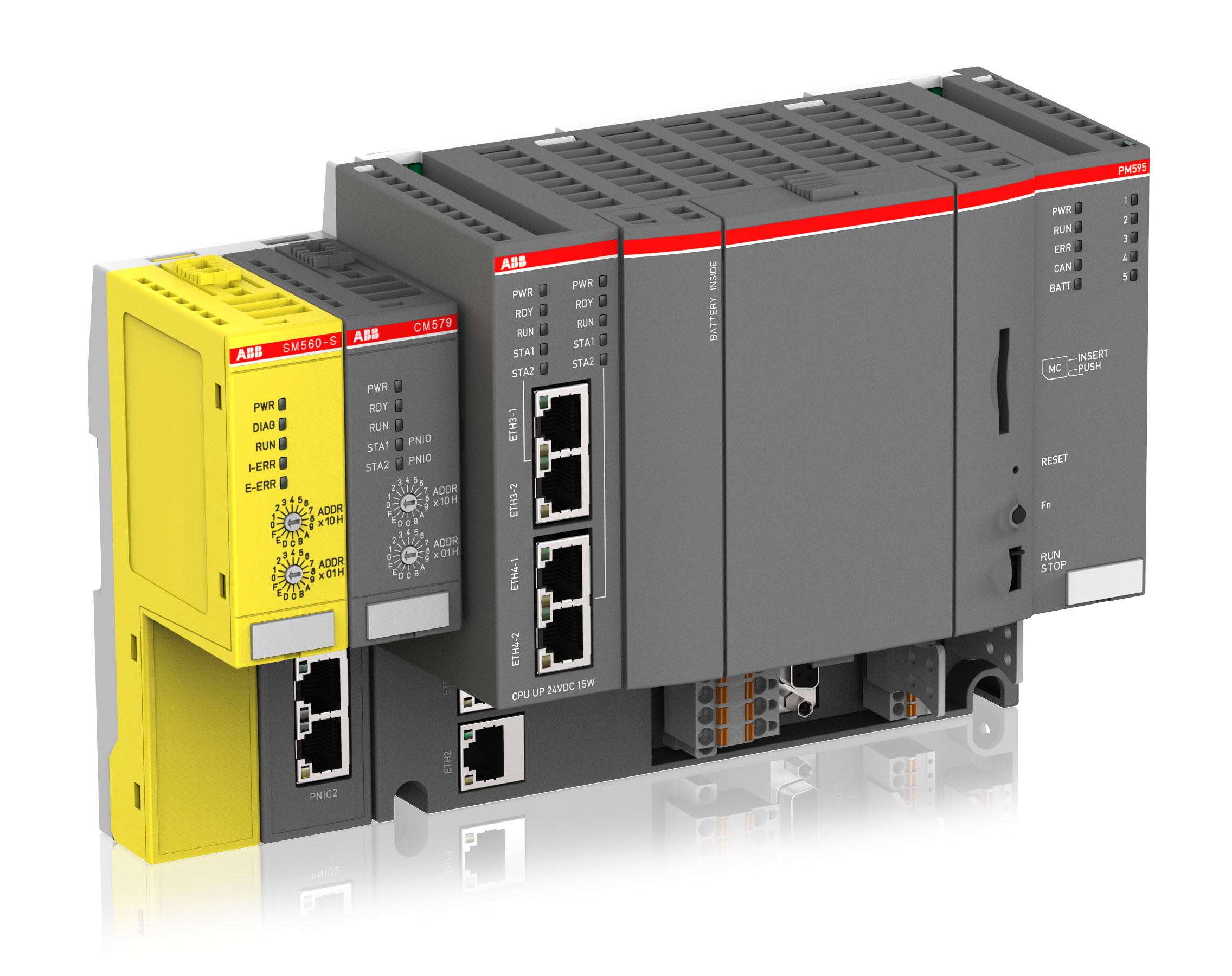








Electro-Pneumatic&it is applications
Electro-pneumatic Systems in Action
In order to perform a task using pneumatics, there needs to be some way to initiate, monitor, and stop the process. This is where a simple pneumatic system becomes electro-pneumatic. Electro-pneumatic systems integrate pneumatic and electrical technologies into one system where the signal/control medium is electrical and the working medium is compressed air. In this type of system, devices like relays, solenoid valves, limit switches, and PLCs can be used to interface electrical control with pneumatic action. There are basically two areas to focus on with the electrical side of an electro-pneumatic system: how to start/stop the process and how to know what the system is doing.
Who’s the Boss?
In many electro-pneumatic systems, the device being controlled is an electrically actuated directional control valve. These control valves supply air pressure to devices like cylinders that will extend or retract a rod when pressure is applied or removed. Built-in solenoids are used to open and close these valves and are activated with AC or DC voltage signals. Looking at the conveyor configuration below, notice the diverting conveyor between the two conveyor lines. This diverter is used to return boxes that aren’t filled properly and it is pneumatically raised and lowered when the selected boxes are in position. In this example, there are a few different ways to control the solenoid air valve responsible for raising and lowering the diverter.
Apply Now
you can apply now and we willl contact Yiu Soon




